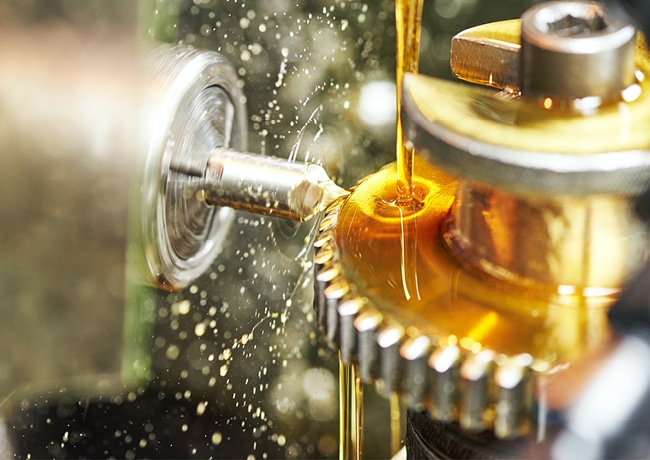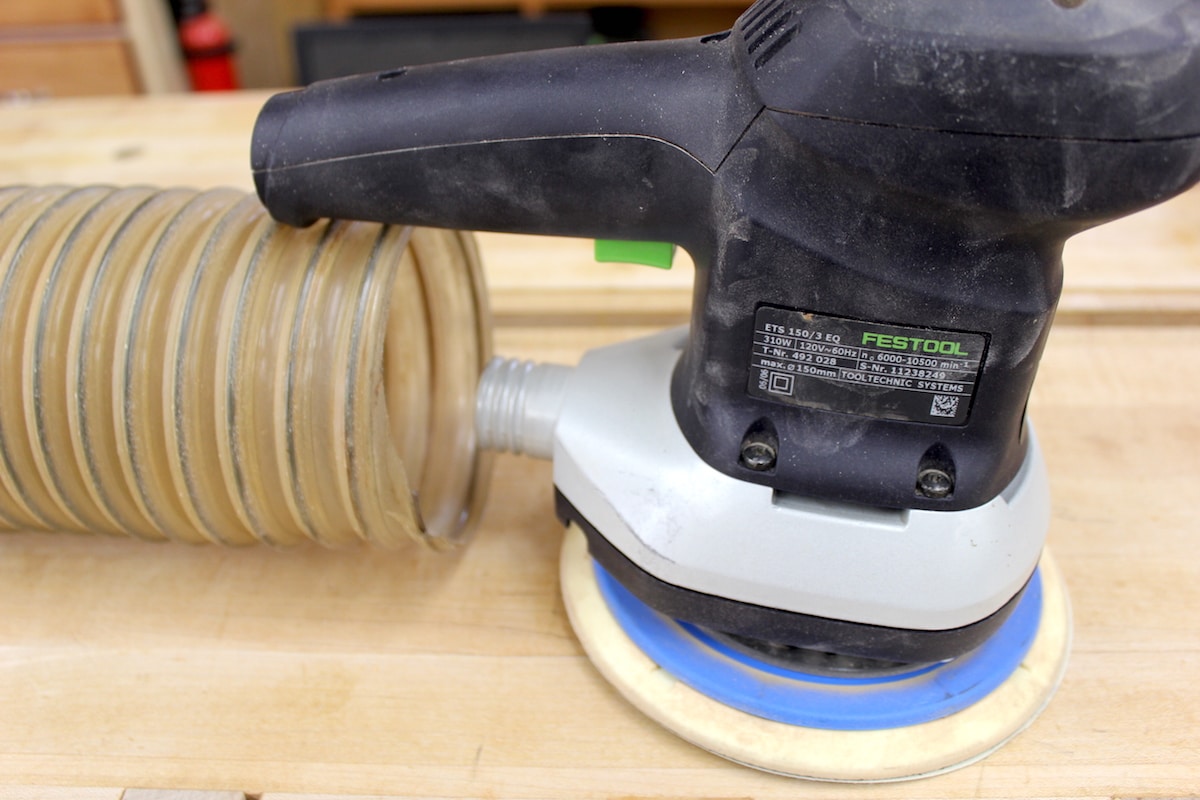To get smooth, professional-looking finishes, you need to keep your sander in great shape. But over time, dust and other things can accumulate and make it less effective. If you do not clean it properly, it will last less long and work less well on your projects. This blog will share five essential tips for cleaning your sander.
1. Turn Off and Unplug the Sander
This is a safety step to avoid accidents while cleaning. Unplugging the sander ensures that it won’t accidentally turn on while you are working on it.
Make sure the sander is cool to the touch before you begin cleaning. If it has been in use, allow it to cool down first to prevent burns or other injuries. Taking these precautions helps protect both you and the sander from damage while ensuring safe cleaning.
2. Clean the Sanding Surface and Pads
The sanding surface and pads of your sander can quickly build up dust and debris, affecting performance. To clean them, first remove the sanding pad or disc.
Use a brush or compressed air to remove dust or particles from the pad and surface. If the pad is dirty, wash it with warm water and mild soap, then let it dry completely before reattaching it.
You can also use a soft cloth to wipe down the sanding surface. Keeping the sanding surface clean ensures smoother operation and better results when sanding materials.
3. Clean the Air Vents and Dust Ports

Over time, these areas can become clogged with sawdust, reducing the tool’s efficiency. Use a small brush or compressed air to clear away any dust or debris from the vents and ports.
Be careful not to push dirt further into the sander. Cleaning these parts regularly helps prevent overheating and ensures the sander continues to function well. It also keeps the motor cool and prolongs the life of your sander.
4. Wipe Down the Body of the Sander
The body of your sander can collect dust, grime, and sticky substances that can affect its performance and lifespan. Use a soft cloth dampened with a little water or cleaning solution to wipe down the outer surface of the sander.
Make sure to clean the handle, switches, and other areas that may have collected dust during use. Avoid using harsh chemicals or abrasive materials that could damage the sander’s surface.
Keeping the body of the sander clean not only makes it look better but also ensures it’s in good working condition for future use.
5. Lubricate Moving Parts (If Necessary)

Some sanders have moving parts that need lubrication to stay in good condition. Check your sander’s manual to see if lubrication is necessary and which parts require it.
If needed, apply a small amount of lubricant to the moving parts, such as the motor or bearings. Be sure to use the recommended lubricant for your specific sander. Lubrication helps reduce friction, prevent wear and tear, and keep your sander running smoothly.
Start Cleaning Your Sanders for Optimal Performance
By following these essential cleaning tips, you can ensure your sander continues to perform at its best, providing smoother results and extending its lifespan. Start cleaning your sanders for optimal performance and explore more tools and maintenance tips at RYOBI New Zealand.








